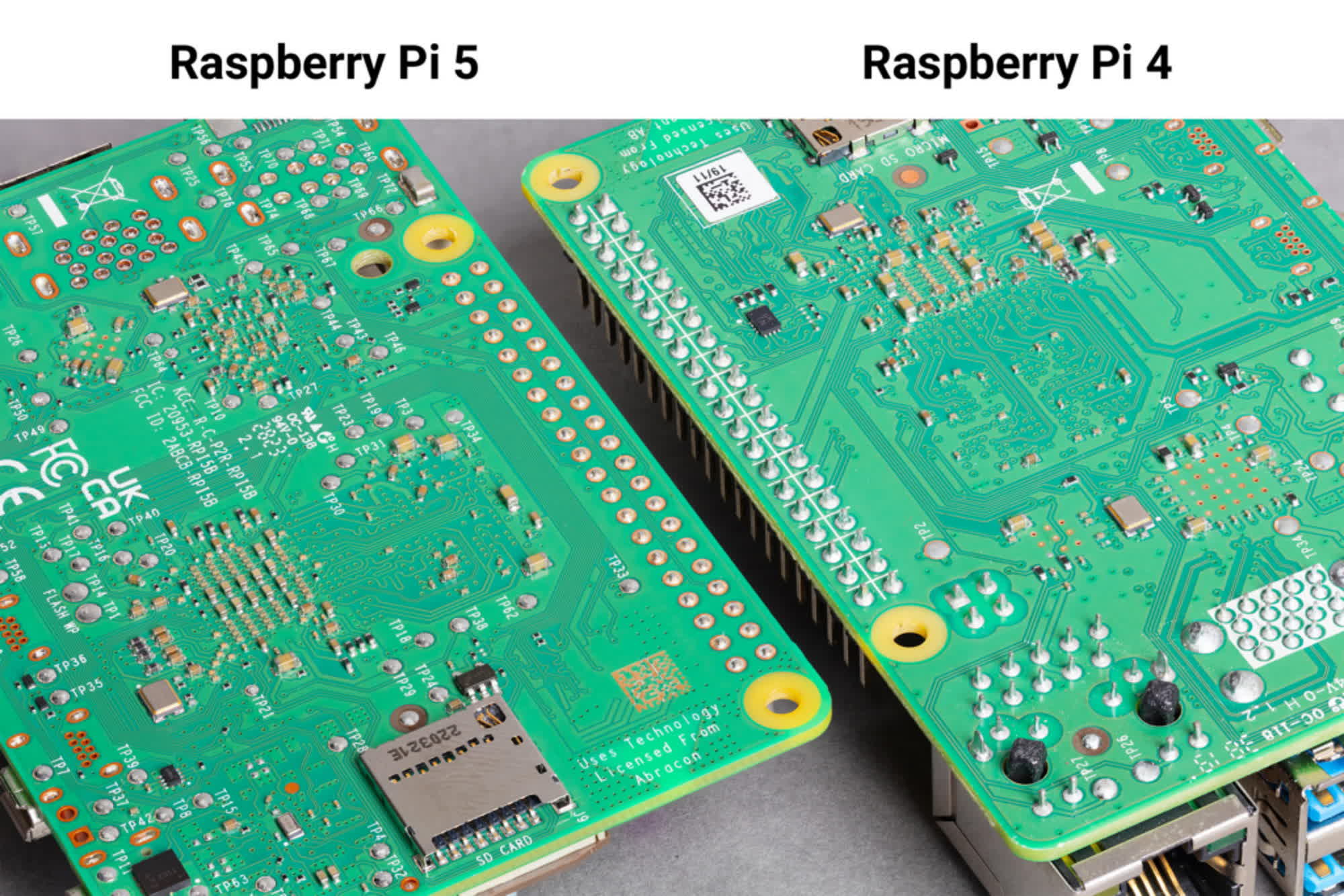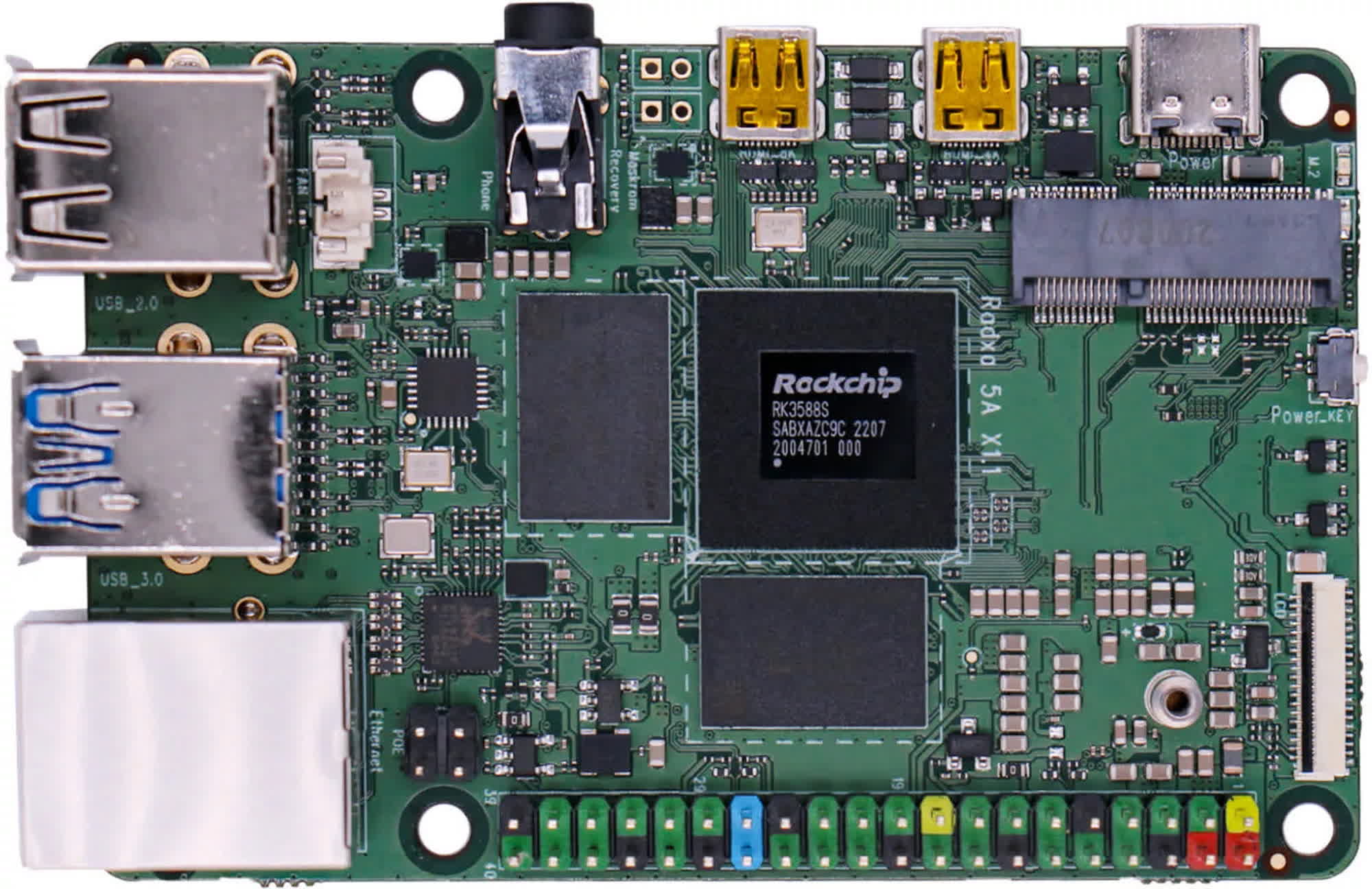Recap: The Raspberry Pi 5 was launched in 2023, delivering more than twice the performance of the previous generation. The board was also instrumental in bringing a small, yet significant change in how the UK foundation is actually printing its single-board computers. By changing the way Raspberry Pi boards are assembled and components are soldered, the maker improved its operations in what it described as "massive" ways.

Raspberry Pi Hardware Engineer Roger Thornton explained the change in a recent blog post. Working with its manufacturing partner Sony, the UK organization gradually implemented a soldering technique known as intrusive reflow soldering.
The new method improved production quality, reduced e-waste, and lowered the company's environmental impact, Thornton stated.
Intrusive reflow was first used to produce Raspberry Pi 5 boards and is now being applied to earlier models as well. This new manufacturing process resolved the inefficiency issues caused by previous soldering methods, which relied on distinct through-hole connectors and surface mount technology (SMT) machines.
Through-hole connectors require strong solder joints made through the printed circuit board and cannot be handled by the SMT machines that place individual parts.
In the early days of Raspberry Pi production, parts were inserted by hand before being handled by robots. A subsequent soldering step, where boards passed through a molten solder bath, was used to secure everything in place.
The improvements led to a 50 percent reduction in product returns, a 15 percent increase in production speed, and a yearly reduction of 43 tonnes of CO₂ emissions.
The whole process was complex, costly, and time-consuming. Now, thanks to intrusive reflow, through-hole connectors can be placed using the same machines that install SMT parts. Raspberry Pi perfected the method after several trials, adjusting the solder paste stencil and refining the PCB layout until the company's quality standards were met.

The improvements led to a 50 percent reduction in product returns, a 15 percent increase in production speed, and a yearly reduction of 43 tonnes of CO₂ emissions. Raspberry Pi's manufacturing now requires less machinery and inventory, with no production line interruptions due to work-in-process inventory.
Raspberry Pi says that intrusive reflow soldering was key to eliminating "wasteful" intermediate steps in the manufacturing process. The company now highlights its reduced environmental impact and improved efficiency, which align with its ongoing efforts to become a more responsible and sustainable organization.
Raspberry Pi says it's improved manufacturing and sustainability thanks to a new soldering solution